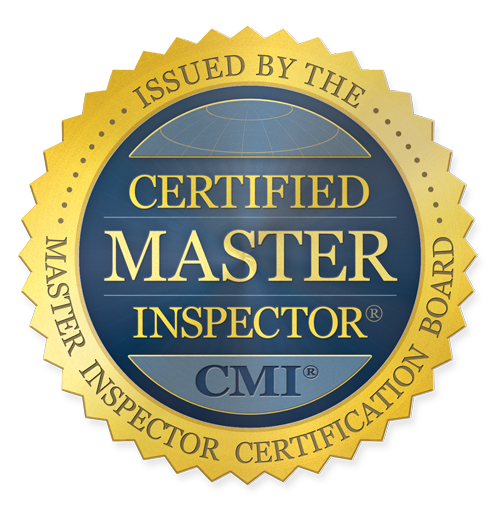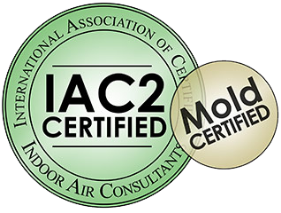Owners of mobile homes and manufactured homes (MMH) suffer disproportionately more during high winds and storms, particularly hurricanes and tornadoes, than their permanent, site-built counterparts.
In a 2020 study published by Auburn University in Alabama, researchers found that:
A primary driver of the high fatality rates is the typical failure sequence of [MMH] homes. MMHs usually experience anchorage failures prior to any other structural failures, resulting in an increased risk of rolling or lofting…This study finds that several factors contribute towards this non-ideal failure sequence, including defective tie-down straps, premature ground anchor pullout, inadequate code requirements, and the increasingly common use of alternative, pan-style anchorage systems.
Manufactured Home Tie-Down Inspections Are Essential
Scheduling a manufactured home tie-down inspection is the only way to verify your MMH is attached correctly and secured to its foundation so it can withstand the moderate- to high-wind speeds experienced during peak storm seasons. But, as the research above proves, the presence of tie-down straps and ground anchors doesn’t mean you’re safe. Unless they are effective, installed correctly, and meet current building code requirements, your home is not in the safe zone.
Without code-specific anchors and tie-downs, mobile and manufactured homes are easily flipped or damaged in a windstorm. These anchors and tie-downs are the home’s primary source of stability. Even low-speed winds can do notable damage if tie-downs are faulty or improperly attached.
MMH Tie-Downs and Related Components
The goal of MMH tie-downs is to anchor your mobile or manufactured home firmly to the ground. This is done with two different components.
Ground Anchors
Ground anchors are metal rods driven deep into the ground. They are to MMHs what footings are to a site-built home’s foundation. The type of ground anchor used depends on the quality of the soil at the site.
For example, rock anchors are used in rocky or coral-based ground types, while auger anchors are designed for other soil types, ranging from soft to hard. Other examples of ground anchors include:
- Concrete deadman anchors
- Drive anchors
- Hard rock anchors
Only several inches of the anchors and their exposed anchor attachment system are visible above the topsoil line once the ground anchors are driven into the ground, so an inspector can’t tell which type of ground anchor was used without more information. Therefore, we recommend providing paperwork from the anchors’ manufacturer during a manufactured home tie-down inspection.
Tie-Downs
There are two different types of tie-downs used to secure MMHs.
Over-the-Top
As their name implies, these tie downs run from one side of the home to the other, going up the sides, over the top of the roof, and back down the other side. Most homes using over-the-top tie-downs have a built-in “concealer” located under the metal roof and the siding, making the straps less visible.
This is an effective system because it doesn’t detract from the home’s aesthetics. In particular, over-the-top tie-downs are recommended for single-wide homes because their lighter weight makes them more vulnerable to lifting, flipping, and damage during windstorms – even those that are more moderate.
Frame anchors
Modern MMHs are better built than their 20-year-old+ counterparts and are structurally superior. As a result, frame anchors are typically sufficient in MMHs built after the 1990s, making frame anchors the most common tie-down option. And, because double-wide models are heavier than single-wide options, frame anchors are typically the preferred tie-down method for them as well.
Hook-up and tension devices
Once the ground anchors and tie-downs are in place, they connect via hook-up and tension devices. These systems must be durable, weather-resistant, and must have a way to adjust the tension over time.
Also, if you have an older model MMH with exposed over-the-top tie-downs, the structure needs some type of protective material between the tie-down and the roof. This prevents the tie-down strap from cutting into the edge of the roofing material – and vice versa.
Benefits of a Tie-Down Inspection
Most importantly, an inspection of your MMH tie-downs and anchors provides peace of mind and the knowledge that your home and your family are as safe as possible in a storm. In addition, if we find issues with the home’s tie-down components or installation, you’ll receive a detailed inspection report that can be used as a “to do” list for your contractor or other licensed professional to address.
Also, many MMH owners find that the stamp of approval by a licensed building inspector leads to lower mobile home insurance premiums.
Items Addressed During a Manufactured Home Tie-Down Inspection
During the inspection, a certified building inspector verifies:
- The number and type of straps comply with current building codes. Click Here to read a detailed list of Florida’s installation regulations for anchors and tie-downs.
- Anchors are still firmly installed in the ground without any signs of lifting or overexposure.
- Straps are straight and tight, without any kinks or bends. Loose straps must be adjusted, and poorly installed or straps showing signs of age or corrosion need to be replaced.
- That the turnbuckles (used to adjust the length/tension of straps/cables) have welded eyes or forged eyes, as opposed to hooks. Hooks are no longer used as they do not provide enough protection against flipping in high winds.
- Ground anchors are still sturdy and without any sign of wear, damage, or corrosion.
The inspector may recommend additional security features to enhance the strength and performance of the MMH tie-down system. For example, he may recommend adding longitudinal straps. Longitudinal straps secure the home across the horizontal length of the roof, in addition to existing over-the-top straps running perpendicular to the roof and exterior wall systems.
Super Inspection Pros Performs MMH Tie-Down Inspections
Super Inspection Pros (SIP) is Volusia County’s go-to resource for home inspections done right the first time. We guarantee a quick 24-hour turnaround on our complete, detailed inspection reports. SIP is proud to partner with MFD Home Certifications, allowing us to complete manufactured home tie-down inspections for DeLand and Volusia County clients.
Our family-owned and operated business uses the latest tools and technology to assess the condition of your home. What another home inspector might overlook, we find, evaluate, and include in our final report. Are you overdue for a tie-down inspection? Keep your home and your family safe by scheduling an inspection with SIP. 386-279-0802.

